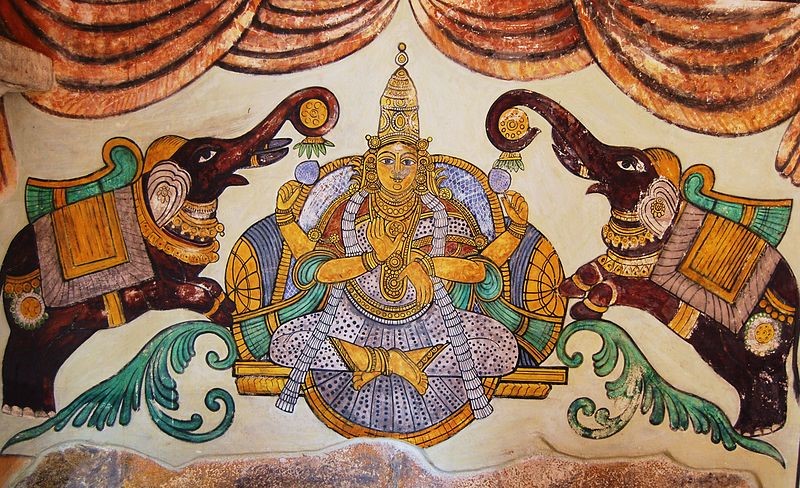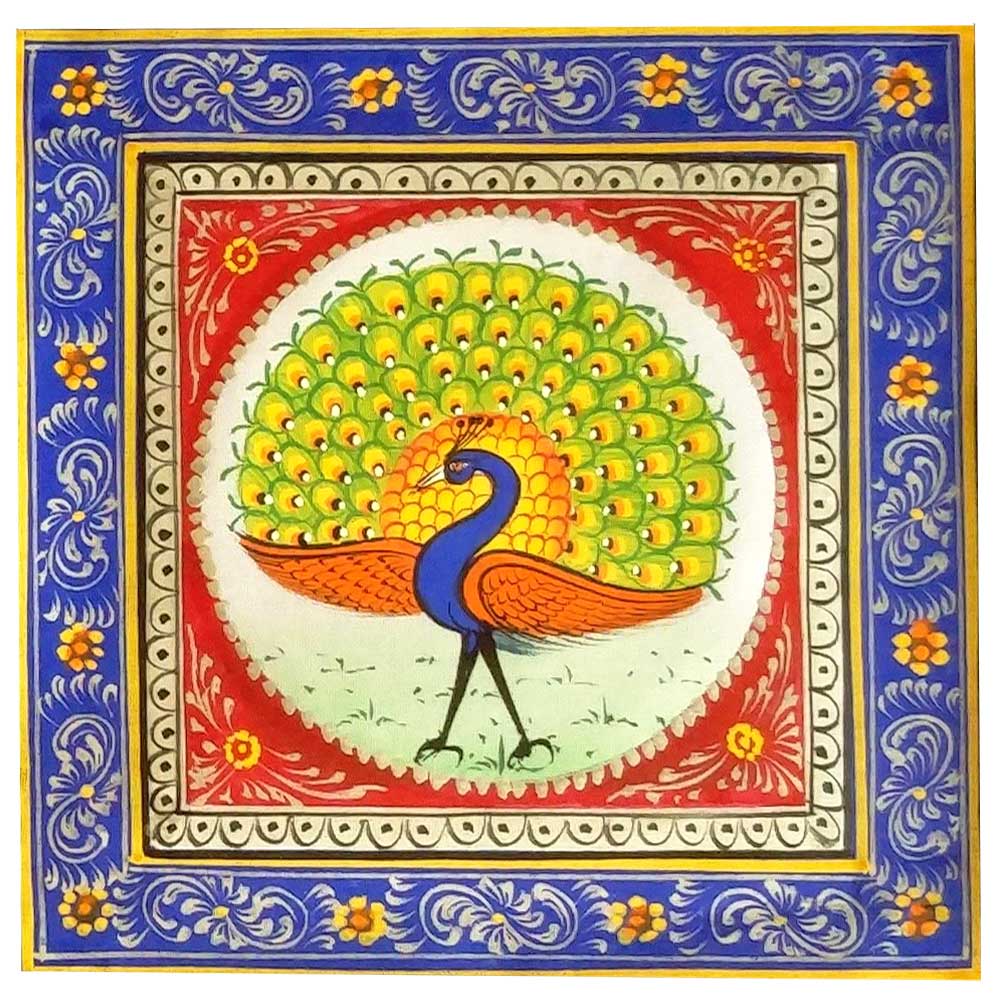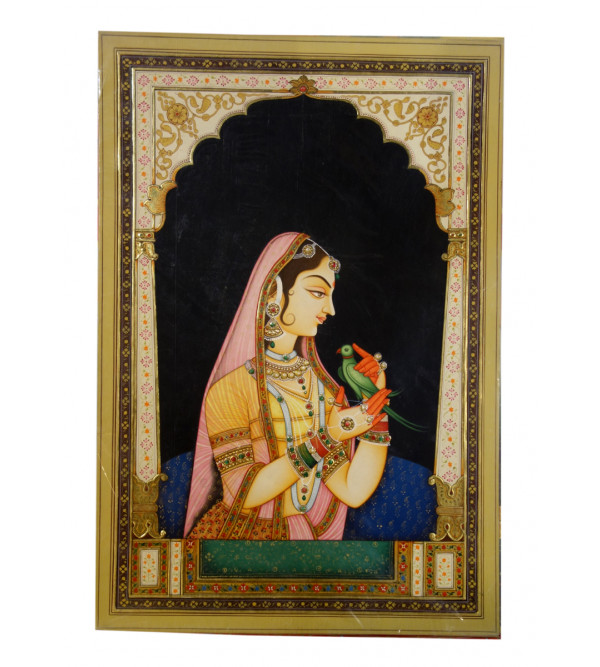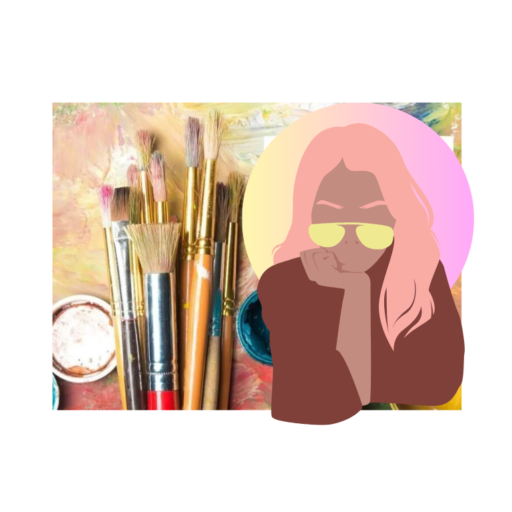the Indian Paintbrush Book Award in Wyoming, where students engage with impactful stories, sometimes filled with memorable quotes that inspire young minds. In contrast, when exploring the cultural landscape of India, one encounters a vast array of traditional Indian art and drawing styles, including intricate mandalas, vibrant folk art, and regionally distinct forms like Madhubani, Warli, and Pattachitra—each part of the broader spectrum of India painting styles. These works are often considered unique Indian art, as they reflect spiritual themes, daily life, and historical legacy in a way that is unmatched globally. Additionally, understanding the Aryans and their influence on early Indian civilization introduces essential keywords like “Vedic,” “Sanskrit,” and “Indo-European,” which are foundational to Indian cultural and artistic development. Meanwhile, in the context of U.S. Indian painting, Native American artists express their heritage through symbolic imagery, storytelling, and natural elements, offering another powerful dimension to the term “Indian” in art.
Let me know if you’d like this broken down by topic or adjusted for a specific tone or audience





